Two of our favorite francophiles, Linda Donahue (of Parisien Salon) and Claudia Strasser (of The Paris Apartment) sat down to chat about Parisian style. Check out the interview below!
Interview by Linda Donahue; Photos by Claudia Strasser and One & Only Photography
Claudia Strasser is a style doyenne, a successful entrepreneur, a Jersey Girl and the author of the ever-popular book, The Paris Apartment. And on top of managing a thriving business, writing another book (or two) and planning her frequent trips to Paris, Claudia still finds time to keep her blog—also called The Paris Apartment—constantly updated.Claudia’s followers—and there are many—have learned how to bring Paris style to their homes in the U.S. So we’re thrilled that Claudia took the time to sit down with Parisien Salon.
With a father who worked for Air France, it’s clear the opportunity to fall in love with Paris came early in life. When was it that you realized you had fallen for the city?
Hmmm…I definitely think I picked up my parents’ enthusiasm for Paris and loved it from the very first time I went at 7 years old. They pointed out everything and we ran around sailing boats in fountains, climbing to the top of Notre Dame and just crawling every inch of the city. I remember sketching a building from our hotel window and my mom still has the drawings. They’re very curly and decorative. It reminded me of a cartoon back then, it was so Cocteau!
Did the time you spent there after college (working as an au pair) teach you anything specific about Paris? Did it help shape the direction of your life?
After college I was working for a family under difficult circumstances. The woman of the house had an attitude and I could never please her, everything had to be done ‘just so’. When I think about it now I learned a lot from her. It was in their apartment, though, and others that my au pair friends lived in, where I really got to see the magnificence of the classic full floor, in-your-dreams apartments. The details and the ceilings and windows and doors were like fairy tale rooms.
When I was out I was roaming free, much of my time was spent at the flea markets—even though I had no focus and wasn’t interested in antiques at the time. But something pulled me to them and I became familiar with all the nooks and crannies and specialties of each.
So, what exactly is it about Paris style that led to you building a whole business around it?
It wasn’t till I rented a store in NYC and came up with the name “The Paris Apartment” that I realized what a strong influence the city had on me. Once I decided on the name, the pieces and concept unfolded and took on a life of their own. I knew exactly what to do and buy, the colors, the details and ambiance to create. I made the store all the things I romanticized in Paris, from the wedding cake moldings on the walls and ceilings to the sweet petite furniture I’d seen—like chaise longues and vanities.
How did you prepare to take on this business?
I was not prepared at all and wish I had taken business in college! I studied Art History in school so I had a grasp of architecture and the past. But the only preparation I can truly say I had was the time spent in Paris. It was an education in design and art and history all day, every day, for months. I felt at home in the city with the people and history and traditions and detail. I would look at the faces of the French and could see past generations. I thought about the history and struggles and understood their pride in being part of such a magnificent place.
Your fabulous book, The Paris Apartment, is all about how to bring Paris style home—no matter where you live. What was your inspiration for writing it?
I was asked to write a book on my style about 6 months after opening the shop. At the time it was something I had never thought about so it was a bit of a struggle figuring it out. It ended up to be my philosophies at the time, which are still the principals I hold true today. Basically it’s twofold: that four walls can become anything, and that everyone has a personal style to uncover and develop instead of following trends.
What would be the first tip you could give someone to bring some Paris style into their home?
Authenticity. Even if your rooms are completely furnished with IKEA, it will gain character from at least one great piece, from an antique mirror to a chair or chandelier. Don’t ever decorate with kitschy stuff like Eiffel tower lamps or Frenchy stuff from TJ Maxx with ‘Paris’ written on it!
Does Paris style have to be expensive?
Not at all! Flea markets are one-stop shopping and everyone knows that’s where the bargains are. That’s why dealers and decorators shop them early mornings to get the best stuff. If you wait till the end of the weekend you’re likely to get even better bargains cause some people don’t want to pack it back up.
You were just featured in Travel + Leisure magazine as you took some clients through the Paris flea markets (something your book touches on, as well). There seem to be so many such markets in Paris. Which ones do you consider the best?
Well, actually there are only 3 or 4 flea markets in the Paris proper and Clignancourt is the largest and most comprehensive. It’s a city in itself, with both upscale and dangerous neighborhoods, so it helps to know where you’re going. I would say if you only had time to visit one though, go to Vanves because you’ll get the experience without having to figure out how to navigate the maze that is Clignancourt!
After the countless trips you’ve made to the flea markets over the years, do you have an easy time navigating through them?
Finally! It literally took years to figure out Clignancourt. Every time I go I learn something new. It’s a part of Paris’ history that the city treasures and protects so it’s constantly growing and adapting. There are so many sub markets and alley ways and secret sections and dealer’s areas and special showings…it’s absolute infinity!
The Vanves flea market seems much easier to navigate than St-Ouen. What kinds of treasures can one expect to find there?
Vanves is a great microcosm because it’s just two streets. You can find a condensed version of the larger markets with furniture, ephemera, lighting, accessories, books, lamps, and rugs. I’ve found some of my best treasures there.
What’s the difference between antiquités, brocante and vide-greniers?
The difference is in the range from bric a brac to high-end items. You’re going to find the chi-chi stuff at a place with antiquités, (usually auctions and shops), more affordable items at brocante fairs (outdoor fairs that are seasonal) and much lower (but still great) household goodies at vide-greniers, which are also known as ‘attic sales’, usually held on the street like a block party.
Can you get through Vanves in a single morning or afternoon?
Yes and no. It’s tricky cause it closes at 1pm so you have to get there really early. Even so, you have a lot of ground to cover. The good news is you can go there on both Saturday and Sunday and still have time to visit other markets. Different vendors are there each day so it’s worth it to go back twice in one weekend.
When is the best time to hit the flea markets?
Marche d’Aligre is held almost everyday and that’s right in the city center. Vanves is weekends only and Clignancourt has special days for dealers on Friday mornings. Otherwise you can find everyone there on the weekends and a couple on Mondays. Montrieul is Mondays.
St-Ouen (also known as Clignancourt) is the biggest flea market in Europe. I’ve heard that people have gotten lost in there. Is there a strategy one should adapt before even attempting to visit the flea market?
Not really, because you’re bound to find everything you want whether you cover the entire market or not. The truth is you could never cover the whole market. Ok, well, I have, actually! But it’s nearly impossible even for me. I suggest taking your time to look down every alley and not have an agenda. Bargains can be found everywhere.
Is there a difference between the different markets in St-Ouen?
Yes and no. Every one of the markets has a range from true antiques to the one euro items.
It’s expected by all the vendors that there will be negotiations involved in any purchase. Any advice on that? And is the inability to speak French a barrier to a successful negotiation?
If something is already a great price, I don’t ever negotiate, especially on small items. But if I’m purchasing two or more things, I’ll ask for the best price for all of it. When you’re asking for a price, always ask for the Export price (that is, if you’re shipping it), because they know you’ll have to pay duties and taxes and always give you a break. If it’s a small item, ask ‘How much is this?’ (C’est combien?) Or ‘How much for both?’ (Combien pour les deux?).
So, say someone makes a big purchase—a piece of furniture, for instance. How would they get that purchase back to their home (if they don’t happen to live in Paris)?
There are a number of shippers on the premises at Clignancourt from Camard to Edet to Hedleys. Most of them are on the main road where everyone goes when they get off the Metro and make their way through the market. All of them are English-speaking and will walk you through the process, which is involved but not overly complicated.
So, the Paris flea markets are a good place to go to bring that Paris style home with you. Any last words of advice to those who decide to hit the markets while in Paris?
Be careful at all the markets. As wonderful as they are, there are pickpockets and dangerous characters about. Wear good walking shoes, bring cash, and if you’re going to charge something, use Visa or MC because they can’t stand AmEx, and most vendors won’t take it.
I always bring an extra duffle bag to fill with treasures, so when you’re there, look for small things to bring back like compacts, sketches, small paintings, fabrics, books, jewelry boxes, lampshades, candlesticks and photographs. If you’re going, I’m jealous. Have fun!
To read this interview on Parisien Salon, click here.
Click here to visit The Paris Apartment.
All photography provided by Claudia Strasser, The Paris Apartment. Top and bottom photo by One and Only Paris Photography.
Edited by Tory Hoen for the HiP Paris Blog. Looking for a fabulous vacation rental in Paris, Provence, or Tuscany? Check out Haven in Paris.

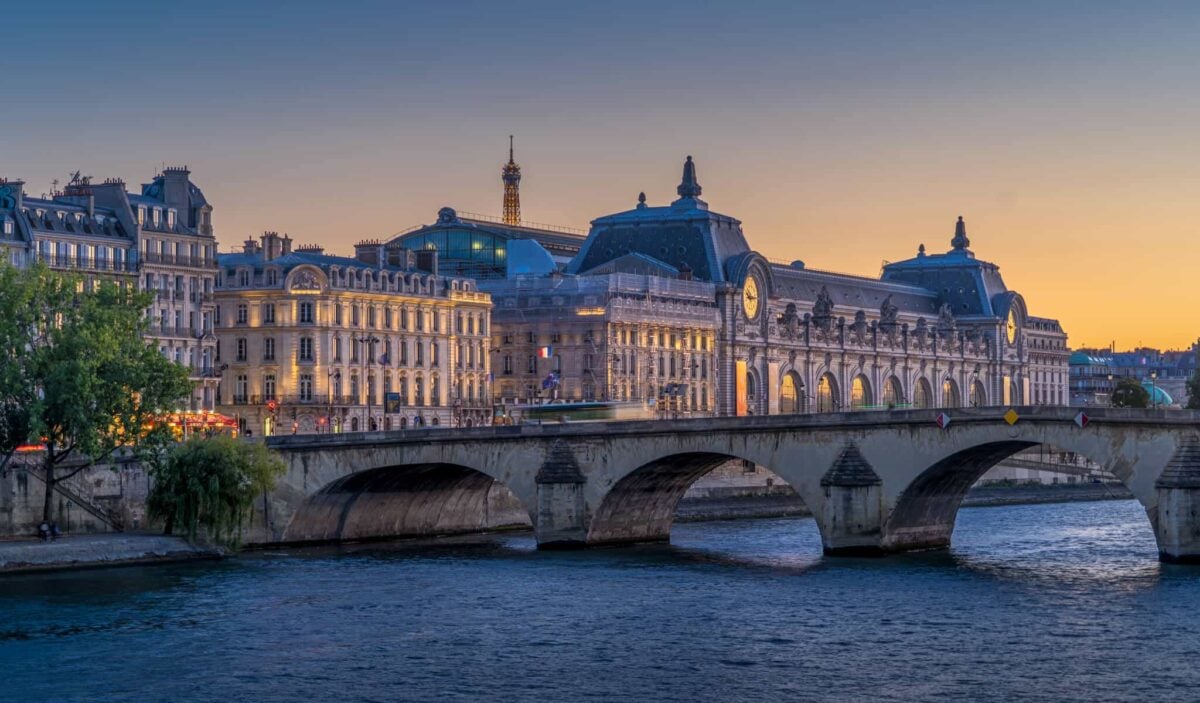
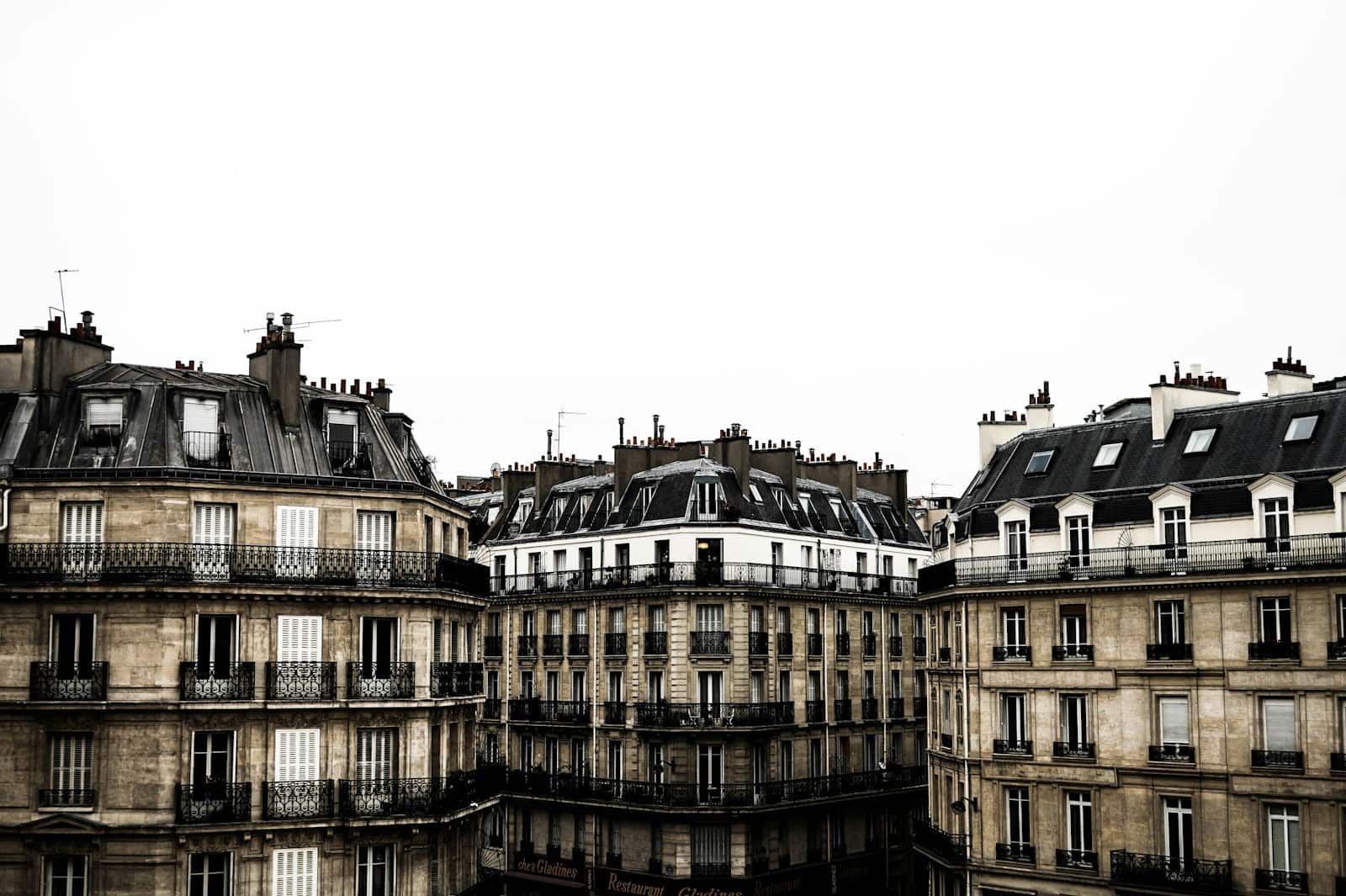
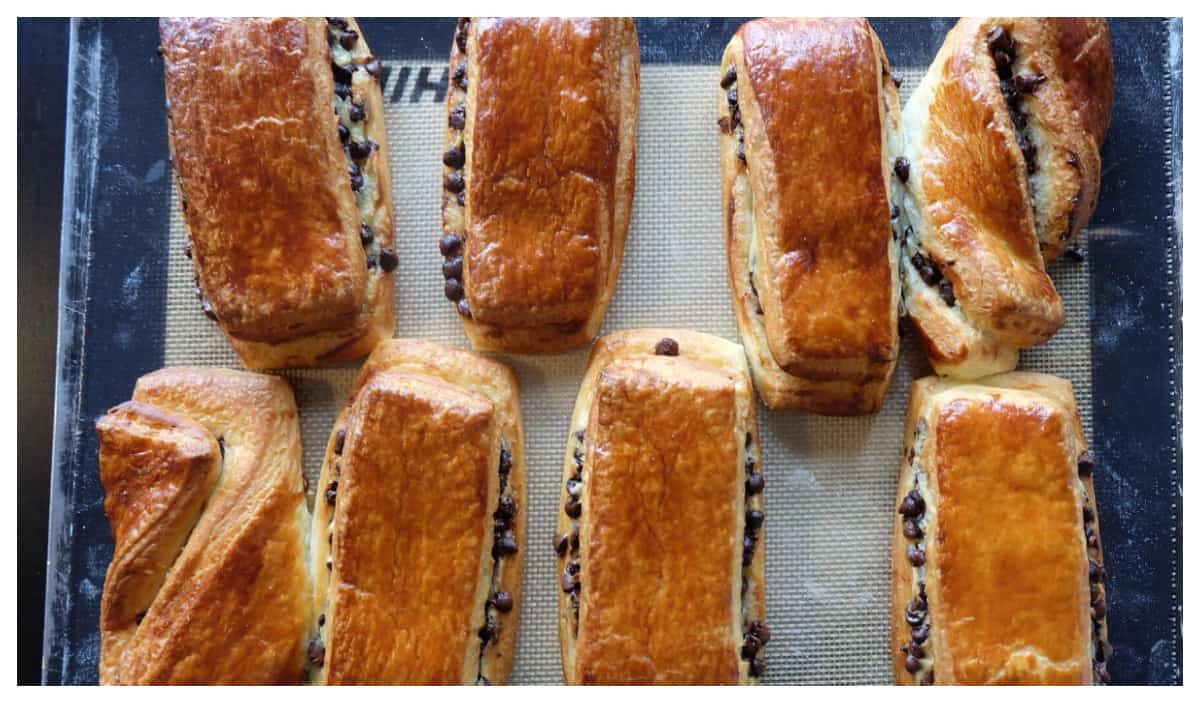

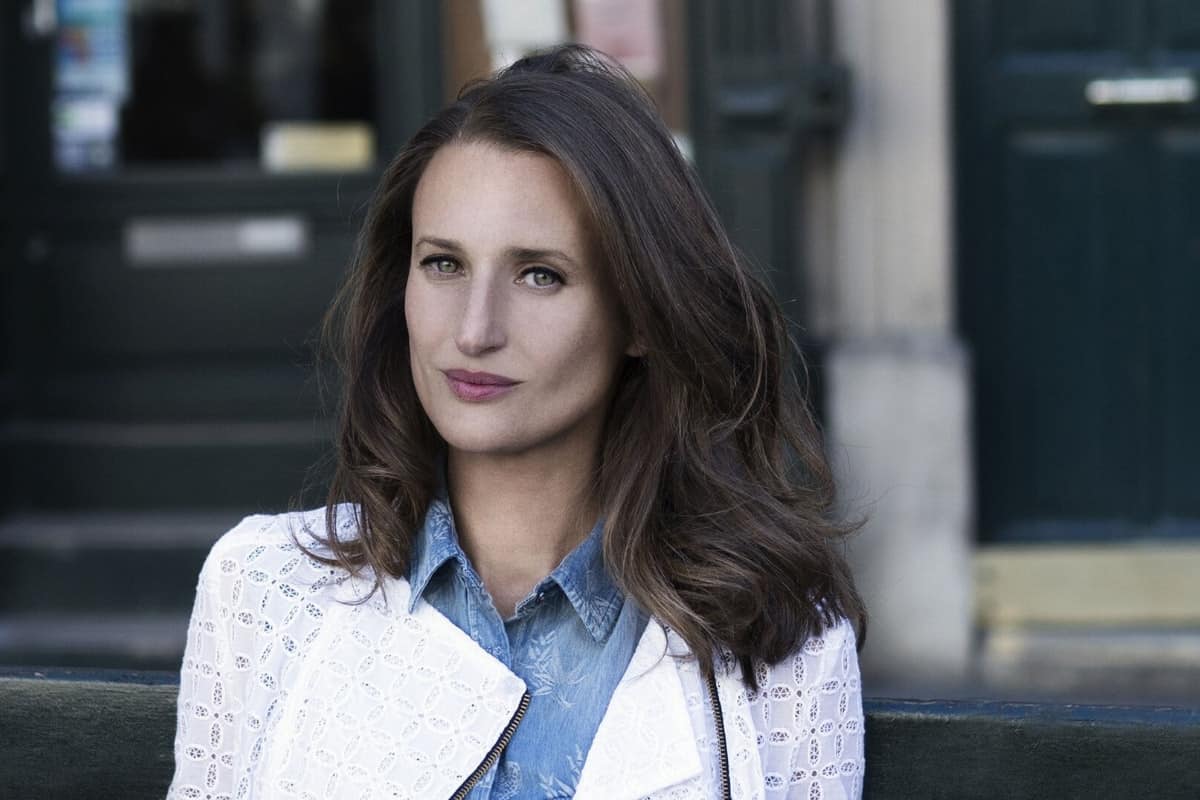
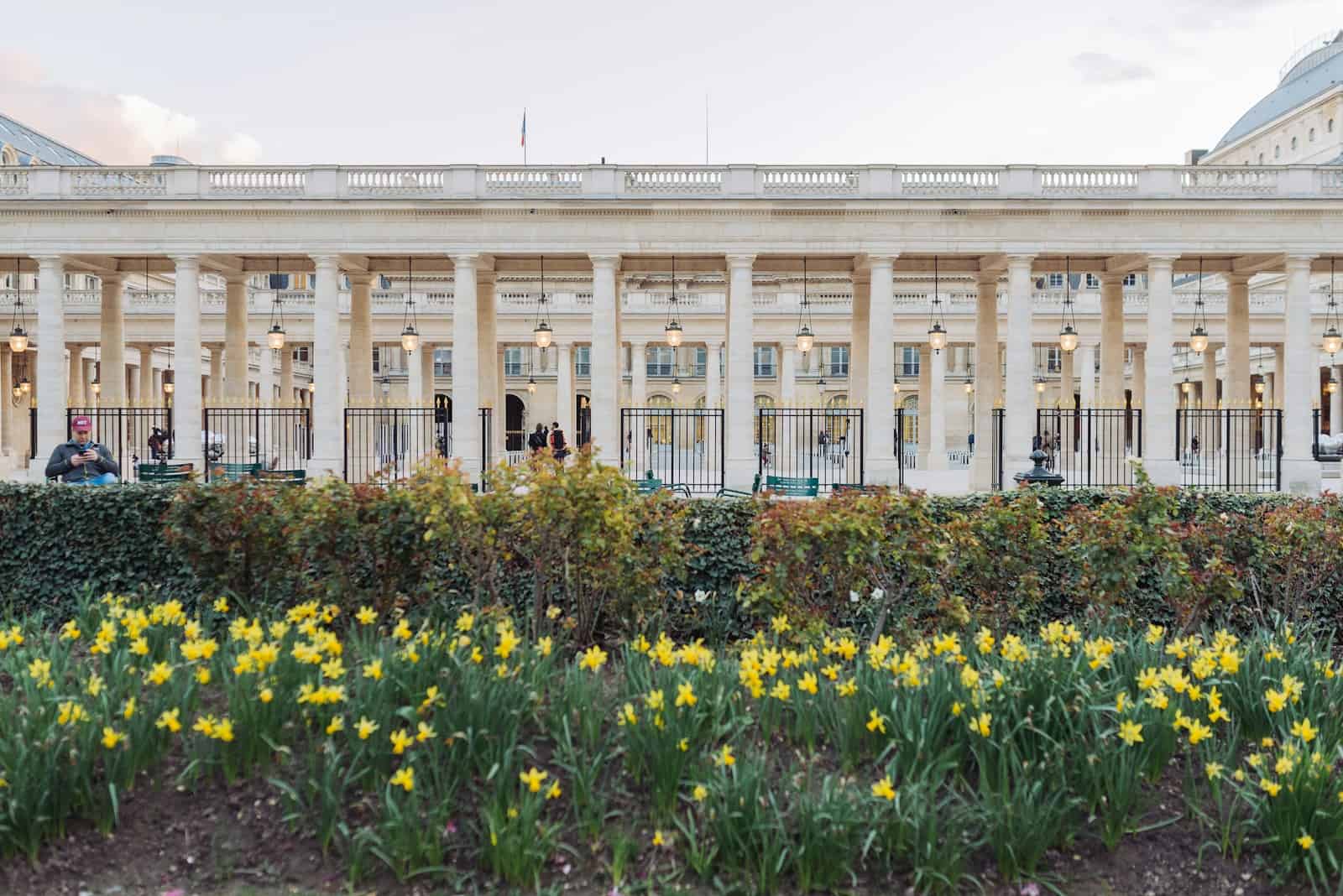
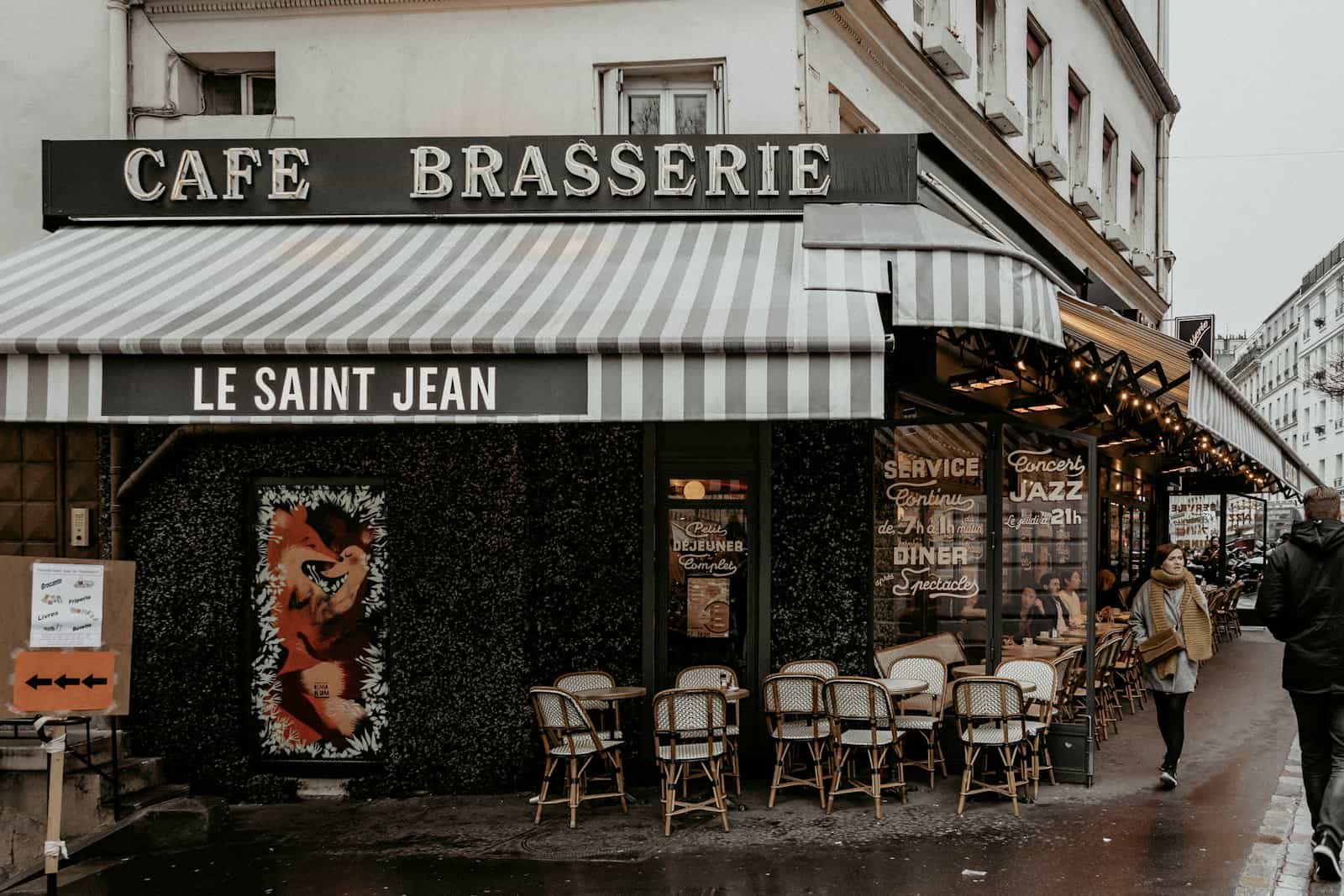
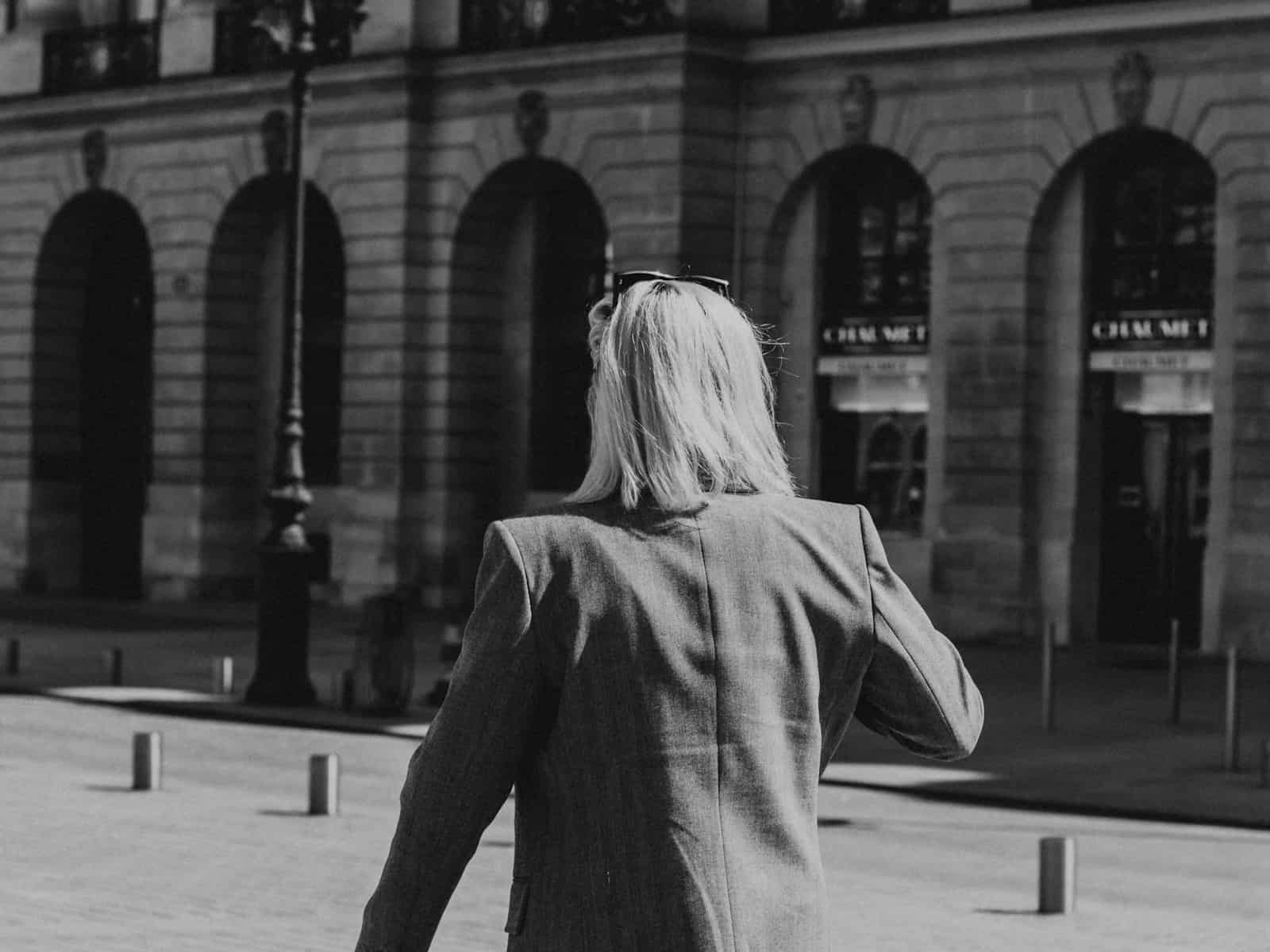
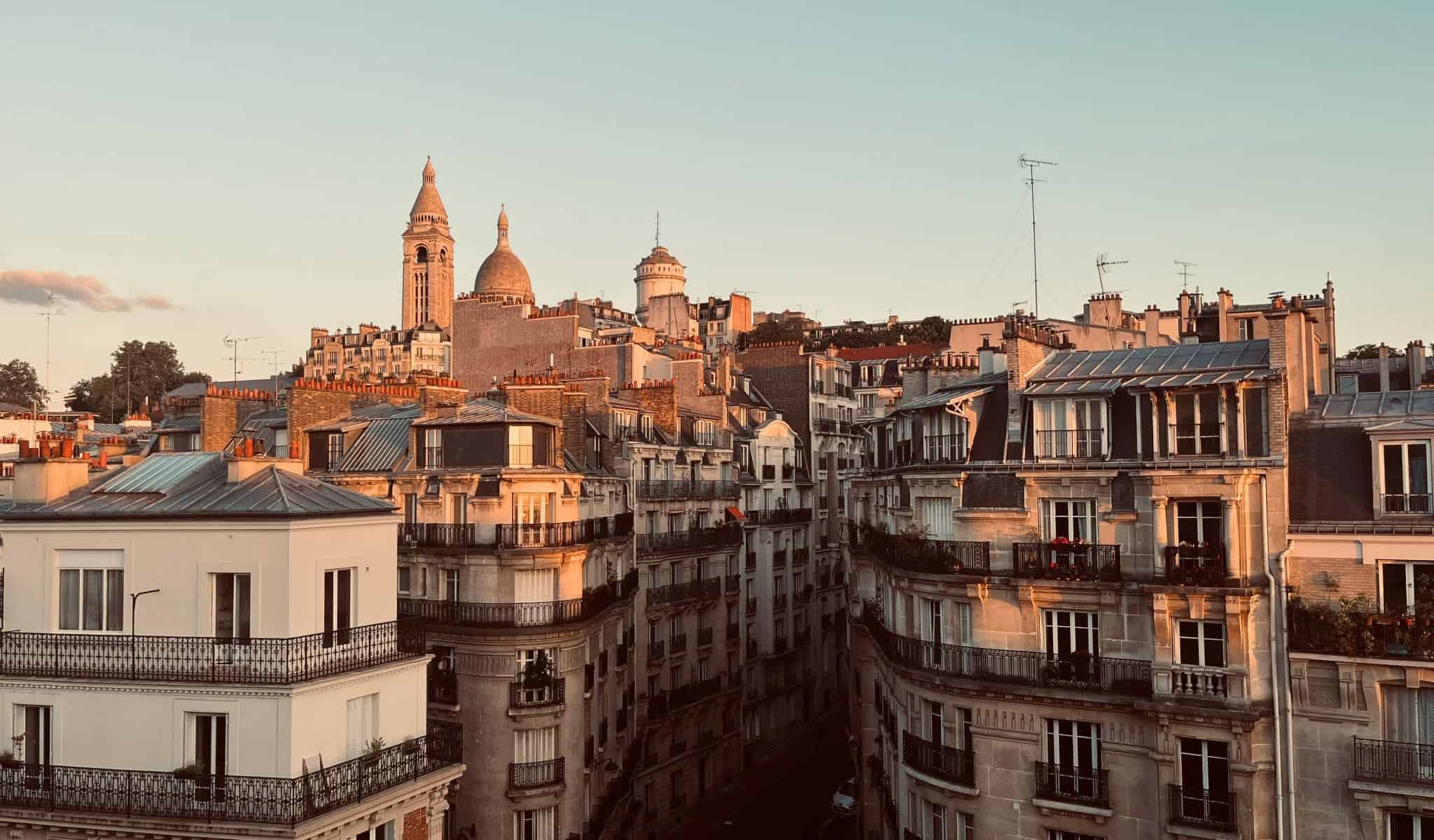
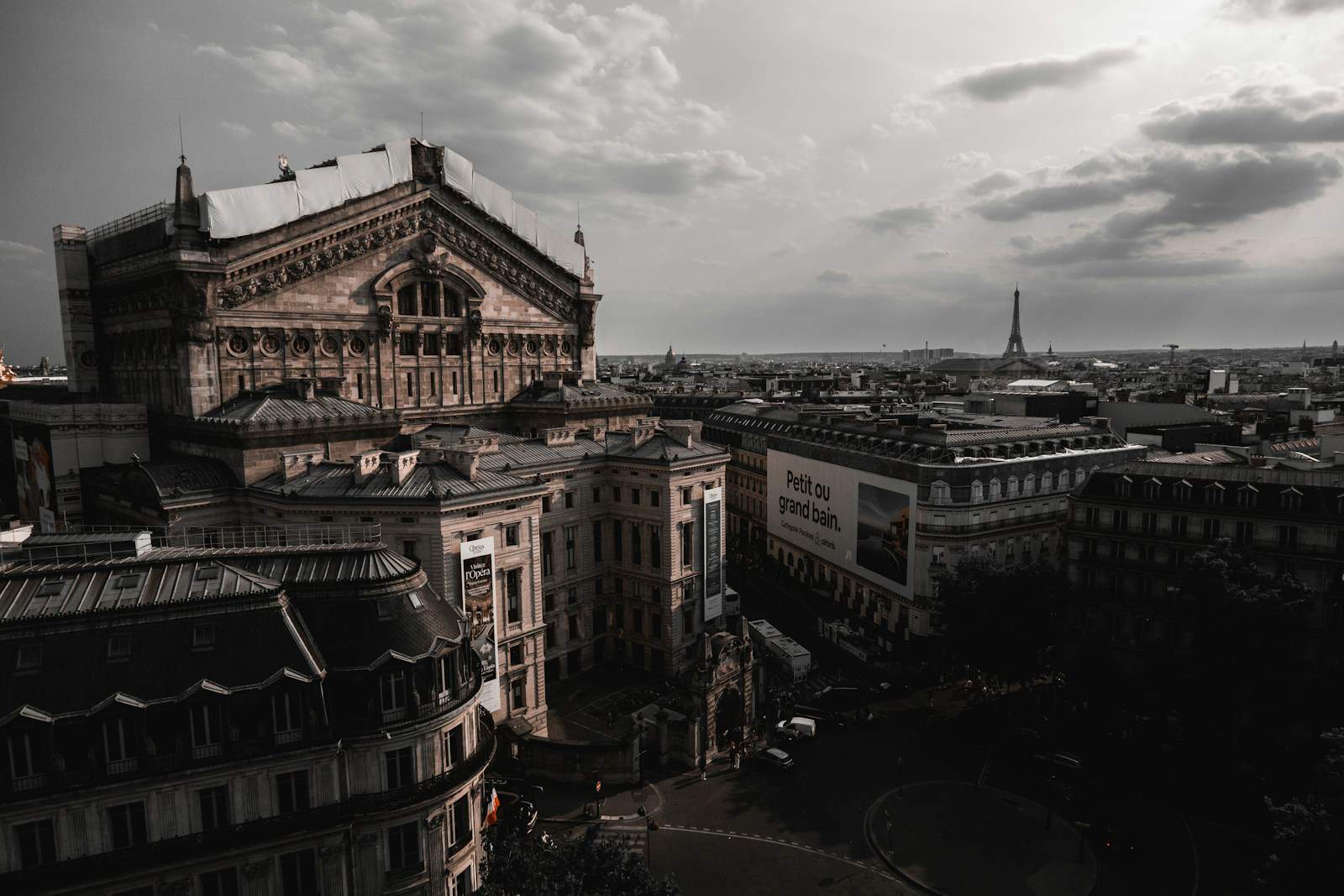

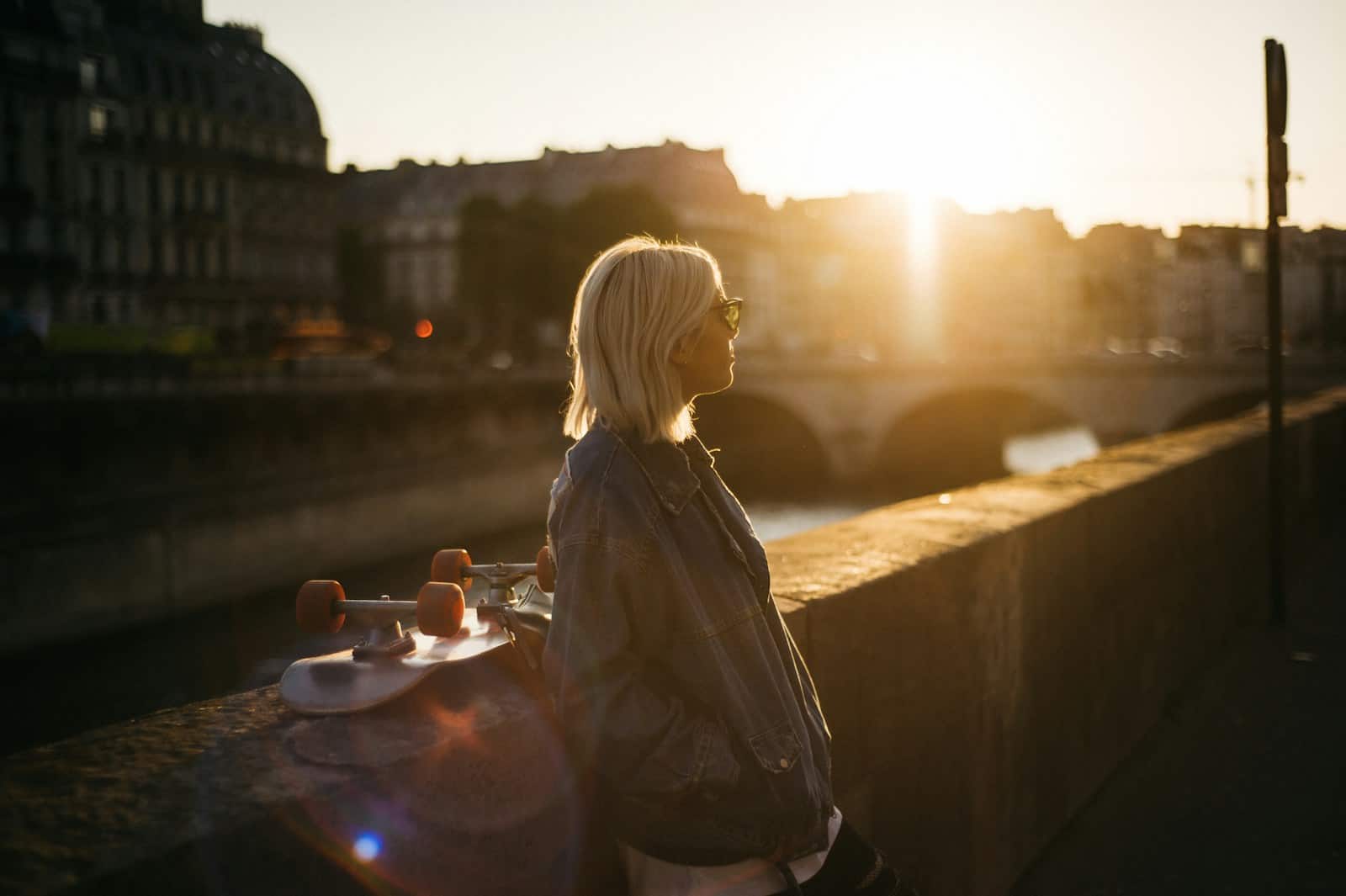
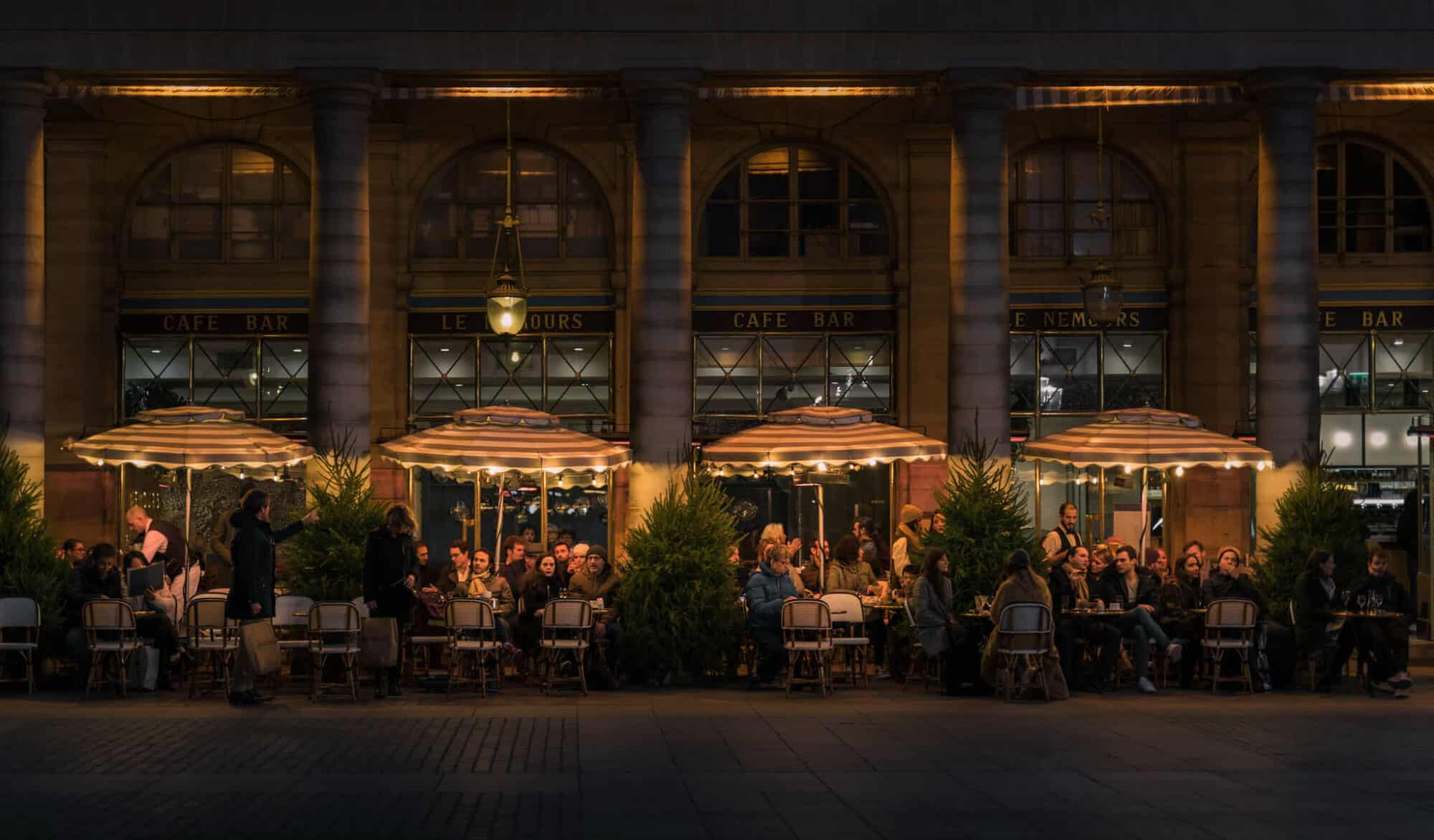

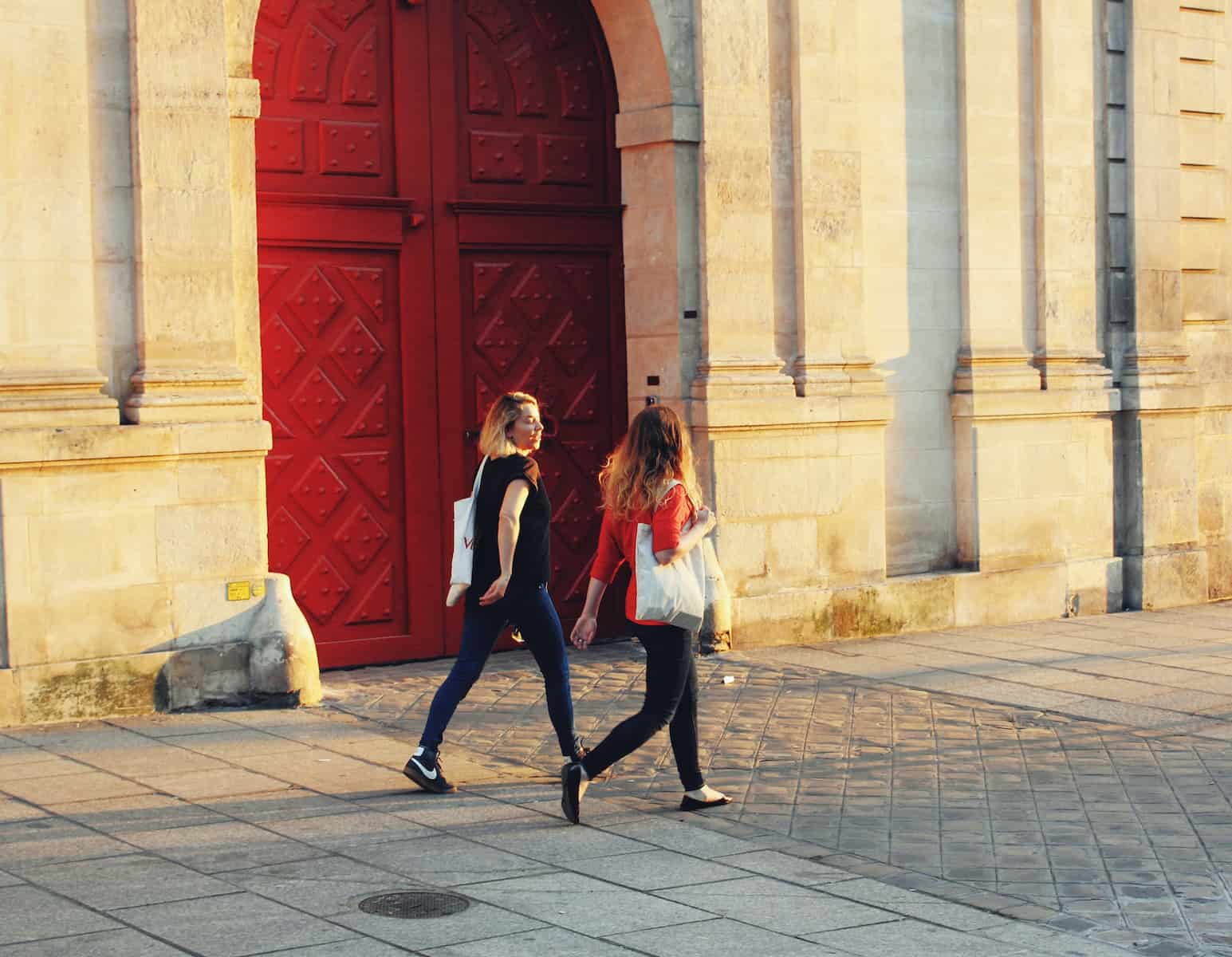
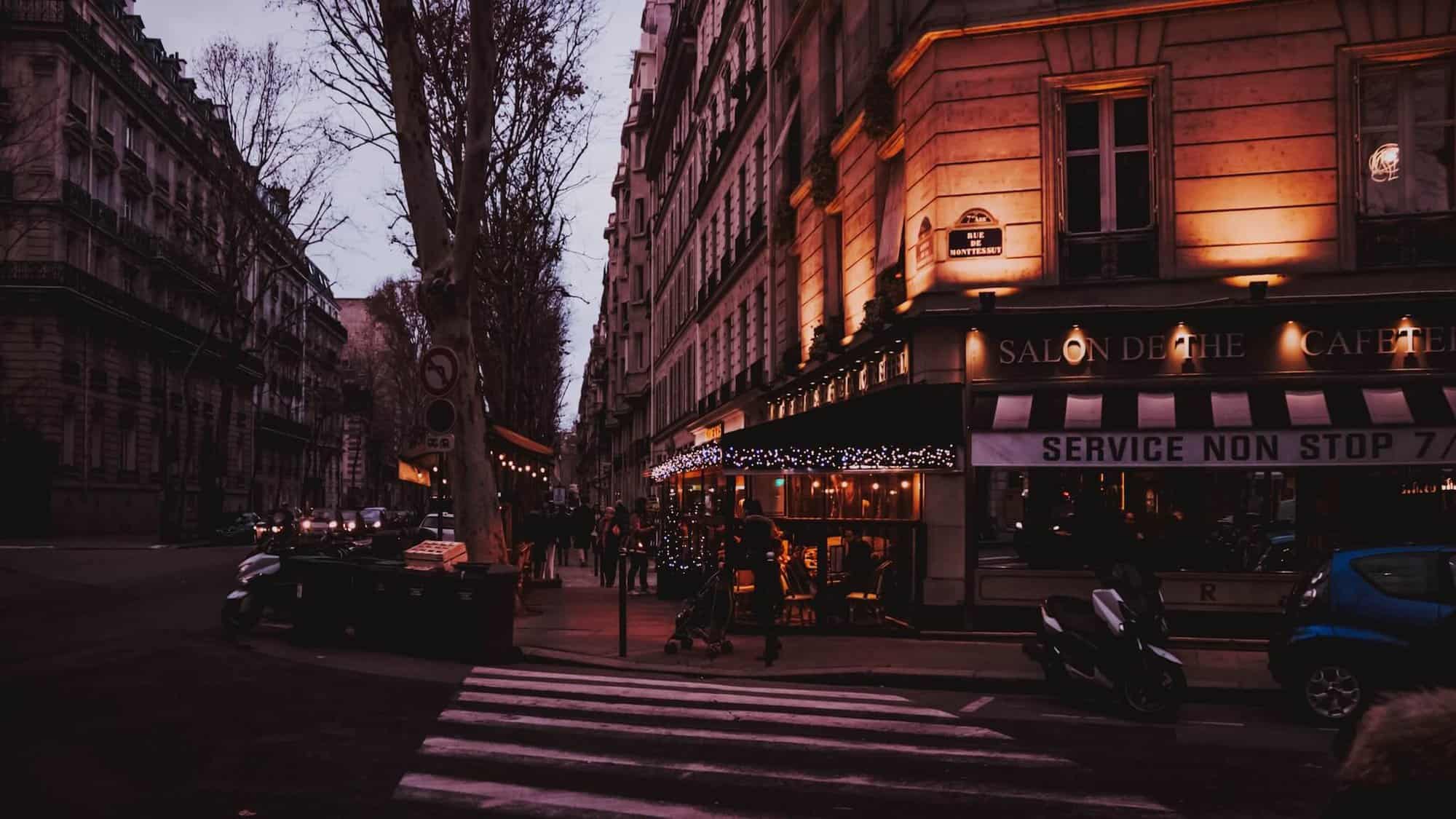


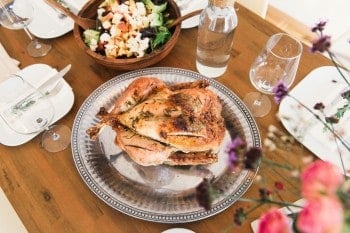

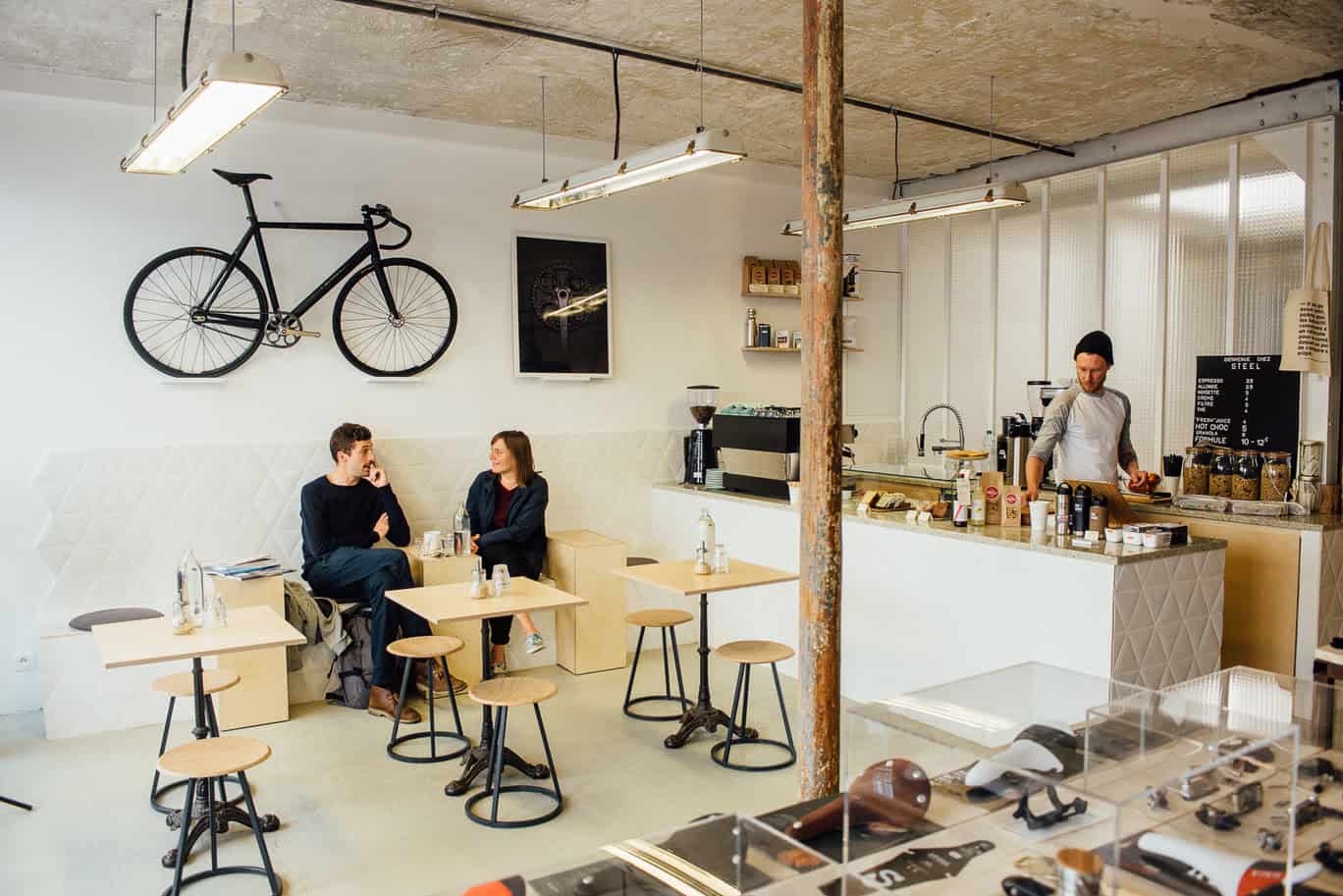

What a great interview!I got such a lot of helpful info I will definitely use when I go next.Is there a way to save this post myself for later reference?